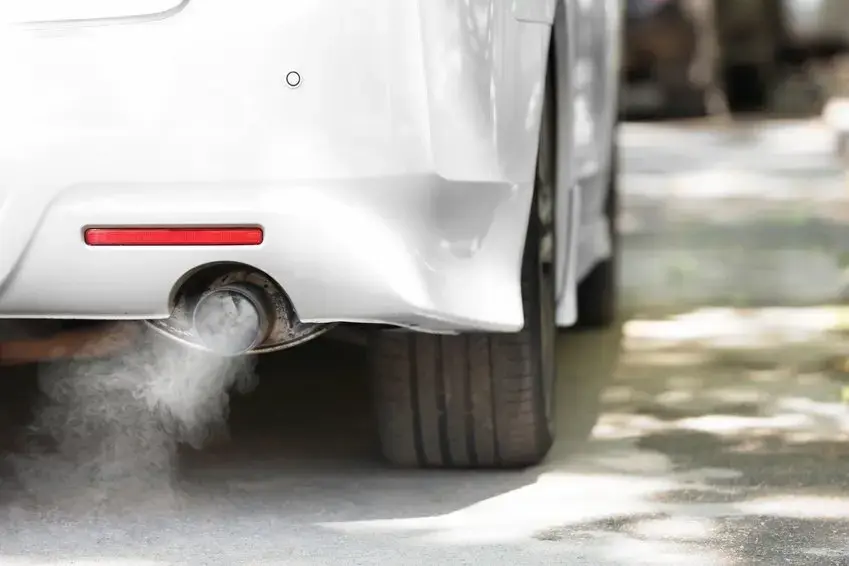Intake manifold pressure sensors – known as MAP sensors – are essential for clean and efficient engine control. They provide precise pressure data for optimizing the air-fuel mixture – especially under transient operating conditions.
In view of worldwide tightening emission limits, the automotive industry has introduced numerous technologies to reduce greenhouse gases. For the clean operation of modern internal combustion engines, precise regulation of the air-fuel ratio is critical – especially to maintain a stoichiometric combustion air ratio for optimal catalyst performance.
Regulation or Control – Two Ways to Mixture Control
Manufacturers use both closed (regulated) and open (controlled) control loops for managing the air-fuel mixture:
- Regulated operation: An oxygen sensor in the exhaust stream measures residual oxygen and provides feedback to the control unit.
- Controlled operation: The injection quantity is calculated from input signals – such as from the air mass meter or MAP sensor – without feedback from the exhaust gases.
Both variants regulate the injection pulse width via digital PI controllers. However, disadvantages include delays due to the combustion cycle and limited sensor function during cold starts.
MAP Sensor: Pressure Measurement in the Intake Manifold
Modern engine control units utilize MAP sensors (Manifold Absolute Pressure) to measure the pressure in the intake tract. These data are used to regulate the injection amount and ignition timing. This pressure information is especially crucial under transient conditions.
In development, the accuracy of standard MAP sensors often does not suffice. Here, high-precision pressure sensors from STS are used – for example, for calibration and validation of the engine control unit. Hundreds of measurement points are recorded at various throttle valve positions.
Calibrating the Control Unit – Step by Step
At idle, the intake manifold pressure is about one-third of atmospheric pressure (~0.338 bar), which results in an output voltage of about 1.67 V with a 5 V measurement range. In practice, this range varies – often between 1.5 V and 4.5 V. Under engine braking conditions, the value can even drop below 1 V.
To account for weather and altitude conditions, the barometric ambient pressure is measured before startup and after shutdown. MAP sensors thus detect both the relative pressure during operation and the environmental pressure at standstill.
Turbochargers Require Extended Measurement Ranges
For boosted engines (turbo or supercharged), the MAP sensor must cover larger pressure ranges. Typical sensors should have measurement ranges of at least 1.5 to 2 bar. Precise offset compensation is important to prevent errors in the control unit or to avoid injection interruptions.
Suitable for these requirements are highly calibrated pressure transmitters like the STS ATM.1ST. They deliver highly accurate, temperature-compensated values – ideal for development validation and data validation at critical load points.
Conclusion
MAP sensors are central components of modern engine management systems – especially under dynamic operating conditions and boosted engines. During development, high-precision sensors like the ATM.1ST from STS ensure reliable data for fine-tuning control and emission reduction.
